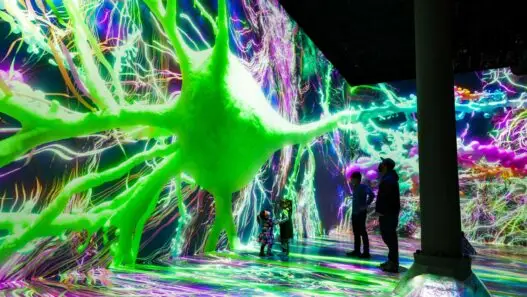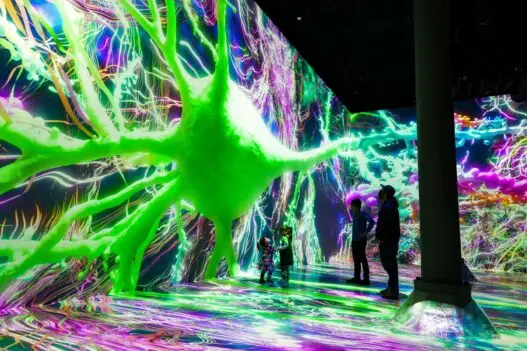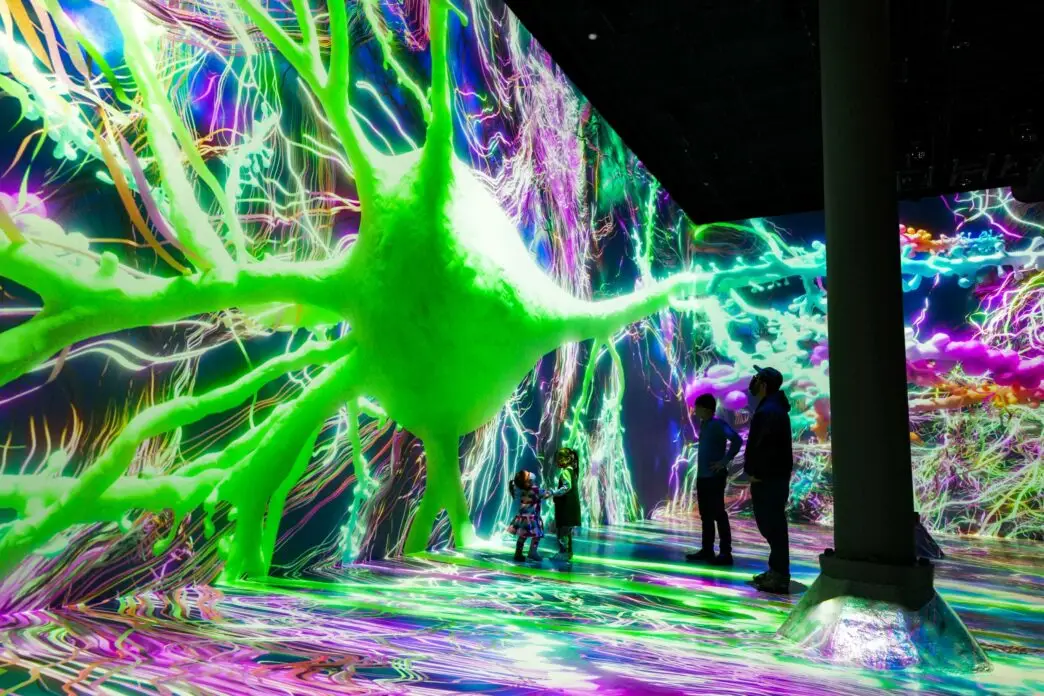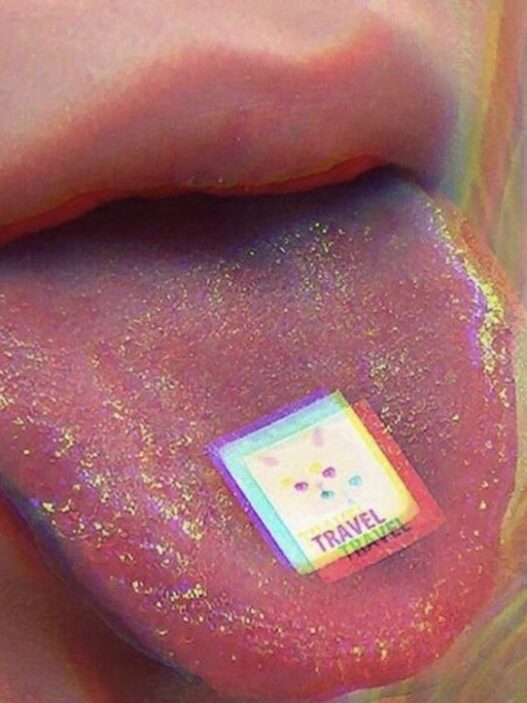(Lion’s mane, NGF/BDNF, neurites & synapses )
What if a kitchen-counter mushroom could coach your brain’s wiring crew? Lion’s mane (Hericium erinaceus) contains compounds that nudge nerve cells to sprout new branches and tighten their connections — the biological basis of learning, memory, and mood. Here’s how it works, what “+60%” really means, and what the studies in humans actually show.
1) Meet the players (simple definitions)
- NGF (Nerve Growth Factor): A growth signal that helps certain neurons survive and extend new branches. Think of NGF as the growth permit + fertilizer for nerve cells. PMC
- BDNF (Brain-Derived Neurotrophic Factor): The signal that strengthens synapses after practice and experience. Analogy: BDNF is like upgrading to fresh, grippier Velcro at your brain’s busiest handoffs (synapses), so messages stick and learning holds. PMC
- Neurites: The branches (axons/dendrites) neurons extend to reach other cells.
- Synapses: The handshakes where two neurons pass messages. Stronger, more numerous handshakes = faster, more reliable communication.
2) Lion’s mane’s “secret sauce”: hericenones & erinacines
Lion’s mane naturally contains hericenones (mostly in the fruiting body) and erinacines (mostly in the mycelium). In lab studies, these families stimulate NGF activity and promote neurite outgrowth — i.e., more/longer branches and more chances to connect. Taylor & Francis Online+1
Quick mental picture: NGF is the growth permit; hericenones/erinacines are the project managers who unlock the budget and schedule the build, while BDNF adds that fresh Velcro at the handoffs so the new connections actually hold during use.
3) Where “+60%” comes from (and what it doesn’t mean)
In a well-cited cell study, researchers combined a small dose of NGF with a water extract of lion’s mane. That combo produced a ~60.6% increase in neurite outgrowth compared with NGF alone — meaning many more cells started sprouting branches. This is in vitro biology (cells in a dish), not a human brain; it tells us mechanism and potential, not guaranteed real-world effects. PubMed
4) Human evidence so far (small but encouraging)
- Mild Cognitive Impairment (MCI): In a double-blind, placebo-controlled trial (16 weeks) in older adults with MCI, the lion’s mane group showed better cognitive scores while taking it; gains faded after stopping, suggesting the effect depends on continued use. PubMed+1
- Mood, sleep & pro-BDNF: In overweight/obese adults, 8 weeks of lion’s mane supplementation improved anxiety/depression and sleep measures, and increased circulating pro-BDNF (a BDNF precursor). (Mature BDNF findings were mixed.) PMC+1
- Healthy young adults (pilot): A 2023 randomized, placebo-controlled study found faster task performance after a single dose and hints of reduced stress after 28 days — promising but preliminary and small. PMC+1
Takeaway: Human data echo the lab story (growth + “fresh Velcro” plasticity), but trials are still modest. Expect potential support, not a miracle cure.
5) Science-backed benefits (plain-English bullets)
- ✅ Encourages neurite growth (branching): Lion’s mane compounds amplify NGF-style growth signals; in cells, NGF + lion’s mane extract produced ~60% more neurite outgrowth than NGF alone. Think: more branches reaching out to connect. PubMed
- ✅ Supports synaptic plasticity via BDNF pathways: Reviews and early studies suggest lion’s mane can influence BDNF/pro-BDNF, which acts like fresh Velcro at busy handoffs, helping strengthened connections stick. PMC+1
- ✅ Cognition & mood signals in people: RCTs show improved cognitive scores in MCI and improvements in mood/sleep in specific groups; a pilot hints at quicker cognitive performance acutely. Real-world relevance is emerging, not final. PubMed+2PMC+2
6) How to use it (study-anchored, not medical advice)
- Common forms:
- Fruiting body extracts/powders (typically richer in hericenones)
- Mycelium extracts or erinacine-enriched products (richer in erinacines) Taylor & Francis Online
- Examples from studies:
Buyer’s tip: Choose brands that disclose the part used (fruiting body vs. mycelium), standardize hericenones/erinacines, and provide third-party testing. (Lion’s mane products vary a lot.)
7) Safety snapshot
Lion’s mane is generally well-tolerated in clinical studies, with occasional mild GI upset or rash reported; serious adverse events are rare. If you have mushroom allergies, are pregnant, or take medications affecting clotting, talk to a clinician first. Alzheimer’s Disease Discovery Foundation
8) Quick FAQ
- Does +60% mean +60% more neurones in my head? No. The +60% figure refers to neurite outgrowth in cells (with NGF + lion’s mane extract) — a mechanistic clue, not a guaranteed change in human brain cell numbers. PubMed
- What’s a neurite again? A neuron’s branch (axon/dendrite). More/longer branches mean more potential connections.
- And BDNF in one line? The keep-what-you-use signal — it adds fresh Velcro at busy handoffs so the synapses you train become more reliable. PMC
Bottom line
Lion’s mane looks like growth + grip for the brain’s wiring: NGF-linked branching, plus BDNF-style fresh Velcro at handoffs that helps practiced connections hold. Early human data match the biology, but larger trials are still needed. If you try it, focus on quality sourcing and steady use, and pair it with brain-healthy habits (sleep, movement, learning) that give those synapses a reason to stick. PubMed+2PubMed+2
Key sources you can check
- ~60.6% neurite outgrowth (cells; NGF + lion’s mane extract): Lai et al., 2013. PubMed
- Hericenones/erinacines stimulate NGF & neurite outgrowth: Ma et al., 2010; Zhang et al., 2017. Taylor & Francis Online+1
- Human RCT in MCI (16 weeks): Mori et al., 2009. PubMed+1
- Mood/sleep & pro-BDNF: Vigna et al., 2019. PMC
- Healthy adults (acute/chronic pilot): Docherty et al., 2023. PMC+1
- Recent overviews: Szućko-Kociuba et al., 2023 review; Li et al., 2018 review. PMC+1




















